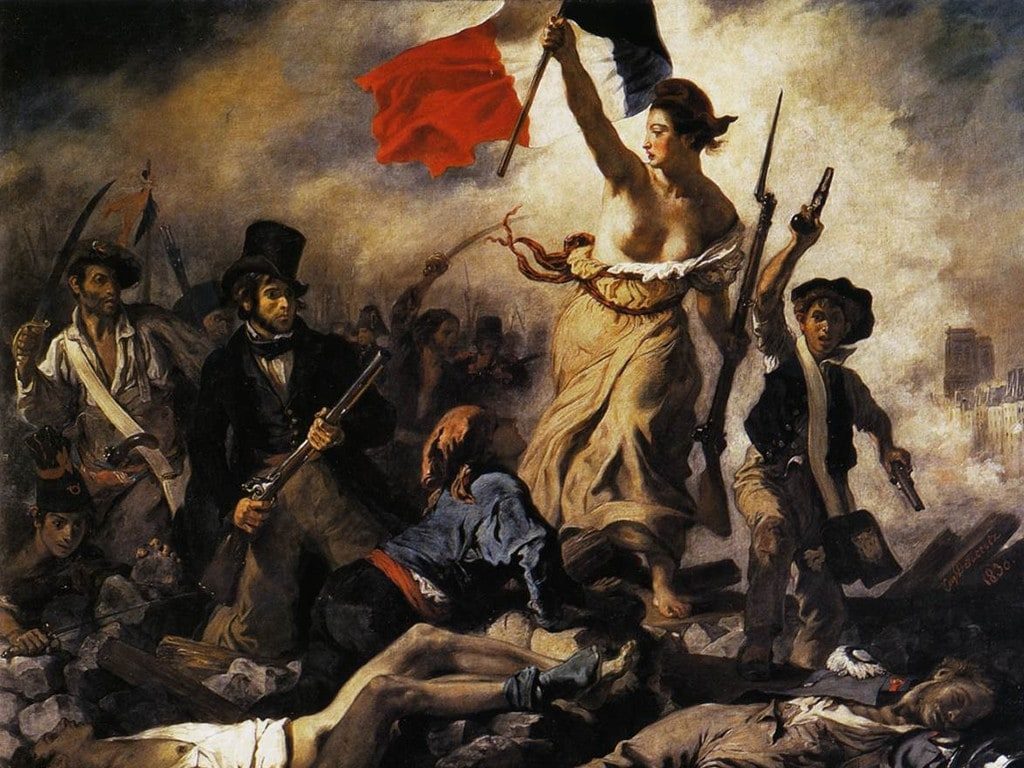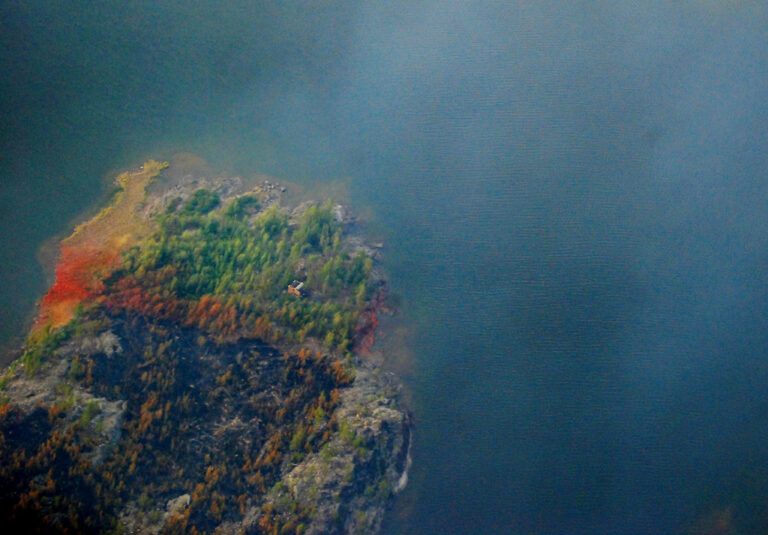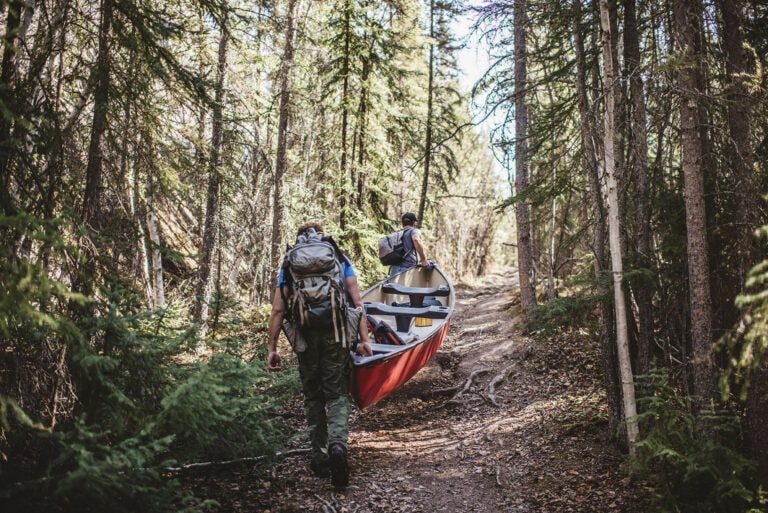A pricey, ill-considered charge over the barricades?
The City of Yellowknife fights for democracy. It’s a nice sentiment. And at first glance the City’s freshly launched legal battle to get more representation for Yellowknife in the Legislative Assembly seems both laudable and reasonably likely to succeed.
After all, Yellowknife has roughly 47 percent of the NWT’s population but only 37 percent of the seats – seven of 19. Furthermore, the 10 smallest ridings, all outside Yellowknife, can elect the majority of MLAs, even though they only account for 41 percent of the territory’s population.
This situation, the City’s argument goes, does “not provide for equal and effective representation for all citizens and as such violate[s] the rights of residents of Yellowknife as guaranteed under section 3 of the Charter.”
On the face of things, the City seems to have a pretty fair point; there’s no doubt all seven Yellowknife ridings are underrepresented, insofar as they have significantly more constituents per MLA than the smaller ridings. But to win the court case, the City can’t appeal to an abstract sense of fairness. It has to prove that this level of underrepresentation is unconstitutional. And this is where their case begins to fall apart.
Justified deviations
Back in 1991, a case similar to this one, regarding electoral boundaries in Saskatchewan, made it to the Supreme Court of Canada. The Court was asked to interpret Section 3 of the Charter – “Every citizen of Canada has the right to vote in an election of the members of the House of Commons or of a legislative assembly and to be qualified for membership therein” – to determine whether differences in riding size, some ranging up to 50 percent above and below the provincial average, could be justified.
In a decision binding on every court in the country, the Supreme Court ruled some level of overrepresentation and underrepresentation is allowable.
“The purpose of the right to vote enshrined in s. 3 of the Charter is not equality of voting power per se but the right to ‘effective representation,’” reads the decision. “The right to vote therefore comprises many factors, of which equity is but one. The section does not guarantee equality of voting power.”
“Deviations from absolute voter parity,” it continues, “may be justified on the grounds of practical impossibility or the provision of more effective representation. Factors like geography, community history, community interests and minority representation may need to be taken into account to ensure that our legislative assemblies effectively represent the diversity of our social mosaic.”
The general rule of thumb given at the time is that no riding should be 25 percent larger or smaller than the provincial or territorial average, although some larger deviations are constitutionally allowable in unique circumstances.
21, 22, 23, 24, 25….
As it stands, six of seven Yellowknife ridings are within the 25 percent guideline, albeit close to the limit. Yellowknife South, with a population of 2,926, is the one Yellowknife outlier, with a population 28.2 percent greater than the territorial average. (The other underrepresented riding in the NWT, Monfwi, is a much bigger loser with a population 39.5 percent above the average.)
The City could base its case on Yellowknife South, but when all is said and done, it’s not that much above the 25 percent guideline. More importantly, there’s really no way to slice up our massive and sparsely populated territory without leaving some ridings above or below the 25 percent limit. The 21-seat option favoured by the City during electoral boundary discussions in 2013 and 2014, would have left the Sahtu riding 29.8 percent above the territorial average and Tu Nedhe 61.4 below the average.
In other words, if the City’s argument succeeds and two seats are added, a riding like the Sahtu could turn around and make the exact same argument that their Section 3 rights had been violated by the new configuration.
Minister Glenn Abernethy pointed this problem out during a 2013 debate about the issue: “If we go to 21, the problem doesn’t go away, it just moves to another riding… It does give Yellowknife maybe a little bit better representation, but it’s all washed out by the fact that we’re going to have to then put in 22 seats and if we put in 22 seats, all of a sudden we need 23 in order to balance things out. Then we’re slowly, or rather rapidly getting up to our legal limit, which is 25.”
And as Minister Michael Miltenberger pointed out in the same debate: “When you look at the Northwest Territories and you look at all the government that’s here, we are probably the most governed jurisdiction or one of the most governed jurisdictions anywhere. It is an issue of too big a government, too many politicians, too many other needs.”
Different times
There is some precedent for Yellowknifers successfully pushing for more representation. In 1999, a citizen’s group called the Friends of Democracy launched a court case that resulted in three additional seats being added to the assembly: two in Yellowknife and one in Hay River.
However the context of that case was completely different. The creation of Nunavut had whittled the NWT legislature down to 14 seats and the disparity between the remaining ridings was astounding. Tu Nedhe, the smallest riding in the territory had a mere 842 people, roughly 70 percent under the territorial average of 2834. Yellowknife South, by contrast, had 7,105 constituents, 152 percent greater than the average.
Today things are still off-kilter, but not even close to as bad as in the late ’90s. And when you look at the Supreme Court’s interpretation of Section 3, it hardly seems the status quo is unconstitutional. If the goal is “effective representation” rather than voting parity, then it only makes sense that large sparsely populated ridings spread across multiple communities should have a higher MLA-to-constituent ratio; after all, all 2,926 people in Yellowknife South can walk to their MLA’s office.
More importantly, there’s no possible outcome from this case in which Yellowknife could get more than 50 percent of the seats in the assembly (something that would really shake up territorial politics), nor where any single Yellowknife riding could end up being close to the territorial average. (Even with 21 seats, every Yellowknife riding would still be more than 20 percent larger than the territorial average.)
More politicians vs. more doctors/teachers
When EDGE spoke with Mayor Mark Heyck back in November, he admitted that “the case this time around is not as strong as it was in ’99.” Despite this, the challenge was launched anyway, and could end up costing the City a good chunk of time and treasure.
“It depends how far it goes and how much time is involved,” Kerry Penney, the City’s Manager of Legal Services told EDGE in November. “It’s going to be costly… It won’t be a million, but it could easily be $50,000.”
There’s also the very real question of whether we should be pushing for more MLAs when the territory’s population is declining and emptying government coffers as it goes. This point was best captured by Abernethy: “To fund two additional salaries for MLAs and all associated costs, we have to take that from somewhere. There’s only one place that can come from and that’s programs and services.”
“We’re talking maybe up to $600,000 a year for two [more] MLAs. We’re talking about $2.4 million over the term of an office. For that money, we could rightly fund community justice coordinators throughout the Northwest Territories and provide them with a living wage. We could hire two more physicians a year. We could hire four or five teachers a year. We could put additional money into mental health and addictions.”
Who doesn’t love a good fight for democracy? And if the case somehow succeeds, Yellowknife may well be better off. But right now we’re not holding our breath for a case that seems tenuous in both conception and possible outcomes.






